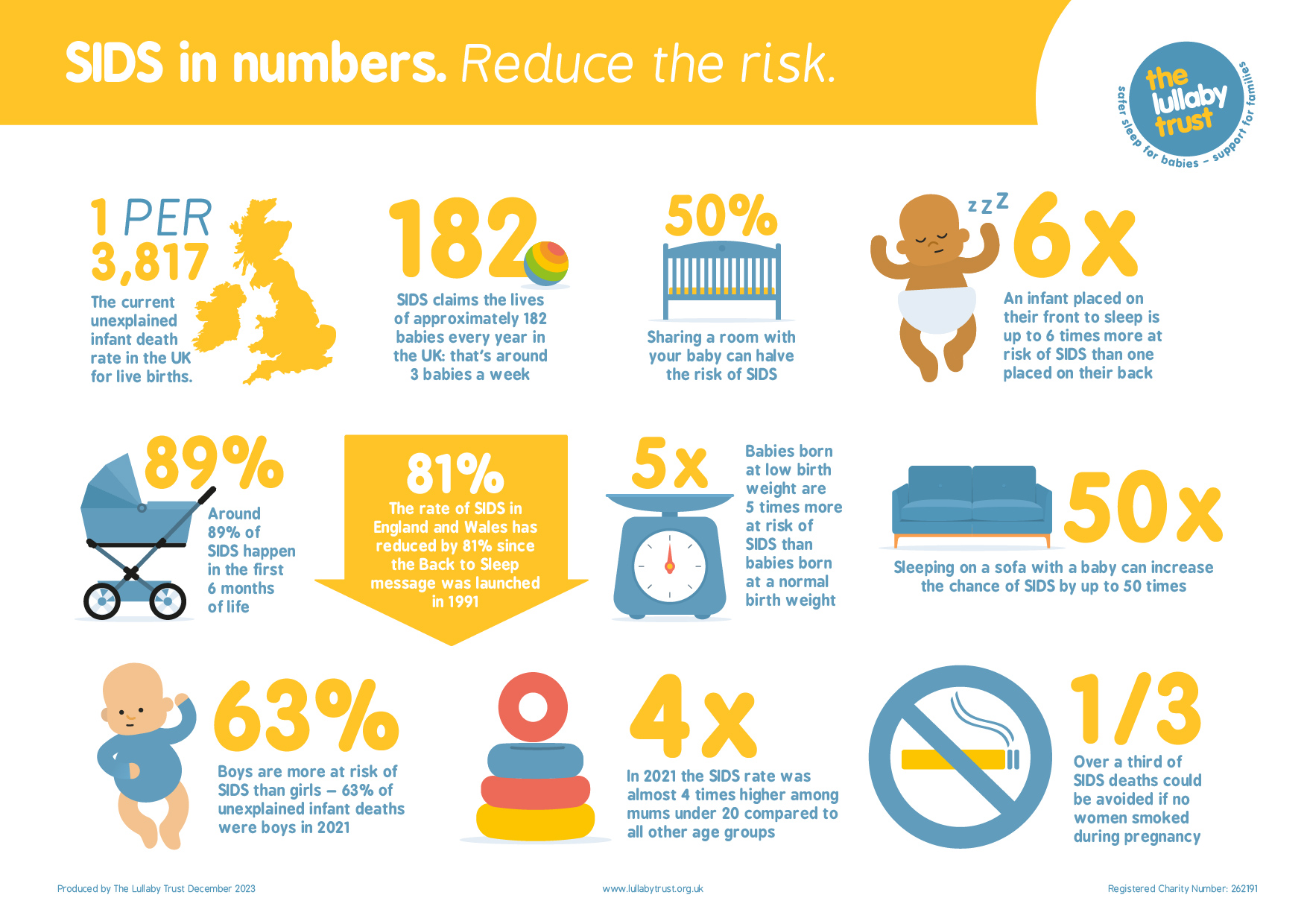Monday, February 5, 2024
The Burden of Malaria on Child Health
Malaria is a life threatening disease spread to humans via mosquito bite. It
mostly spreads to people through the bites of some infected female Anopheles
mosquitoes, but can also be spread via blood transfusions and contaminated
needles. According to the
World Health Organization. the
African region carries a disproportionate rate of the world's Malaria cases,
with 94% of all Malaria cases and 95% of all Malaria deaths occuring here.
Infants, young children, pregnant women, and those who are immunocompromised are
at the highest risk of Malaria morbidity and mortality. In the African region,
children under the age of five accounted for 78% of all Malaria deaths, with a child dying of Malaria every two minutes.
Malaria in pregnancy contributes to significant prerinatal morbidity and mortality. Infection is known to cause higher rates of miscarriage, intrauterine demise, premature delivery, low-birth-weight neonates, and neonatal death. Pregnant women are at increased risk of contracting the disease, being 3 times more likely to suffer from severe disease as a result of malarial infection compared with their nonpregnant counterparts, with the mortality rate from severe disease approaching 50%. In areas where Malaria is endemic, as many as 25% of pregnant women become infeted with the disease.
The first Malaria vaccine was reccomended by the WHO in 2021, with the goal of preventing Malaria in children. The vaccine has reached nearly 2 million children in Ghana, Kenya and Malawi through the Malaria Vaccine Implementation Programme, MVIP, since 2019. Despite this, the number of Malaria related deaths grew from 2022 to 2023, increasing from 244 million to 249 million. Thus, as of October 2023, WHO recommends the programmatic use of malaria vaccines for the prevention of P. falciparum malaria in children living in malaria endemic areas, prioritizing areas of moderate and high transmission, with the addition of a new vaccine.
Aside from vaccines, another form of prevention against Malaria is the sleeping under insecticide-treated mosquito nets (ITNs) on a regular basis. UNICEF describes that this is one of the most effective ways to prevent Malaria morbidity and mortality, and that almost 2.5 billion ITNs have been distributed globally since 2004, with 2.2 billion (87 per cent) distributed in sub-Saharan Africa. In 2022, manufacturers delivered about 282 million ITNs to malaria endemic countries, an increase of 22 per cent compared with 2021. However, despite this, fewer than 30% of sub-Saharan African children use ITNs. Household ownership of these ITNs needs to be increased to meet universal access.
There are other areas of improvement neccessary to decreasing the buden of Malaria in children. Some of the disparaties below contribute to the effect of Malaria:
- In sub-Saharan Africa, about 6 in 10 children who have a fever are taken to a health care facility
- Despite the importance of malaria testing, less than 1 in 3 children are tested in sub-Saharan Africa
- Too few children in sub-Saharan Africa receive the recommended treatment for malaria, independent of wealth or residence
- In sub-Saharan Africa, too few women receive intermittent preventive treatment (IPTp)
Overall, improved access to health care treatments and testing will curb the negative outcomes of Malaria.
Subscribe to:
Post Comments (Atom)
Sudden Infant Death Syndrome: Every Parent's Worse Nightmare
The Mayo Clinic defines Sudden Infant Death Syndrome (SIDS) simply as the unexplained death of a child. This definition is not specif...

-
The CDC describes children's mental health and how it contributes to children's developmental and emotional milestones...
-
Sex education equips teenagers with the knowledge, skills, attitudes, and values that help to protect their health, develop respectful s...
-
The Mayo Clinic defines Sudden Infant Death Syndrome (SIDS) simply as the unexplained death of a child. This definition is not specif...
 NPR: James Gathany
NPR: James Gathany Cambridge Independent: Malaria kills a child every two minutes - and now mosquitoes are becoming resistant to insecticide
Cambridge Independent: Malaria kills a child every two minutes - and now mosquitoes are becoming resistant to insecticide  A baby in Kenya sleeps under an insecticide-treated bed net.SVEN TORFINN/WHO/PANOS PICTURES/REDUX
A baby in Kenya sleeps under an insecticide-treated bed net.SVEN TORFINN/WHO/PANOS PICTURES/REDUX
No comments:
Post a Comment